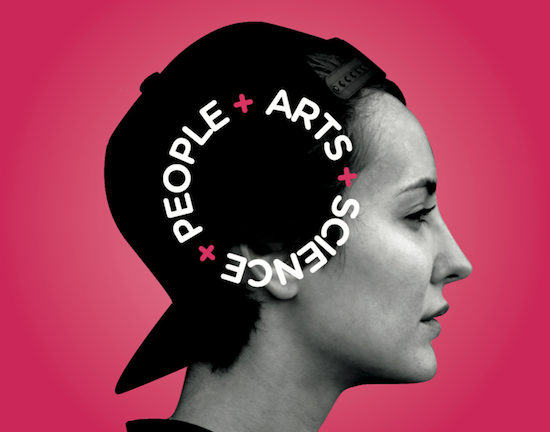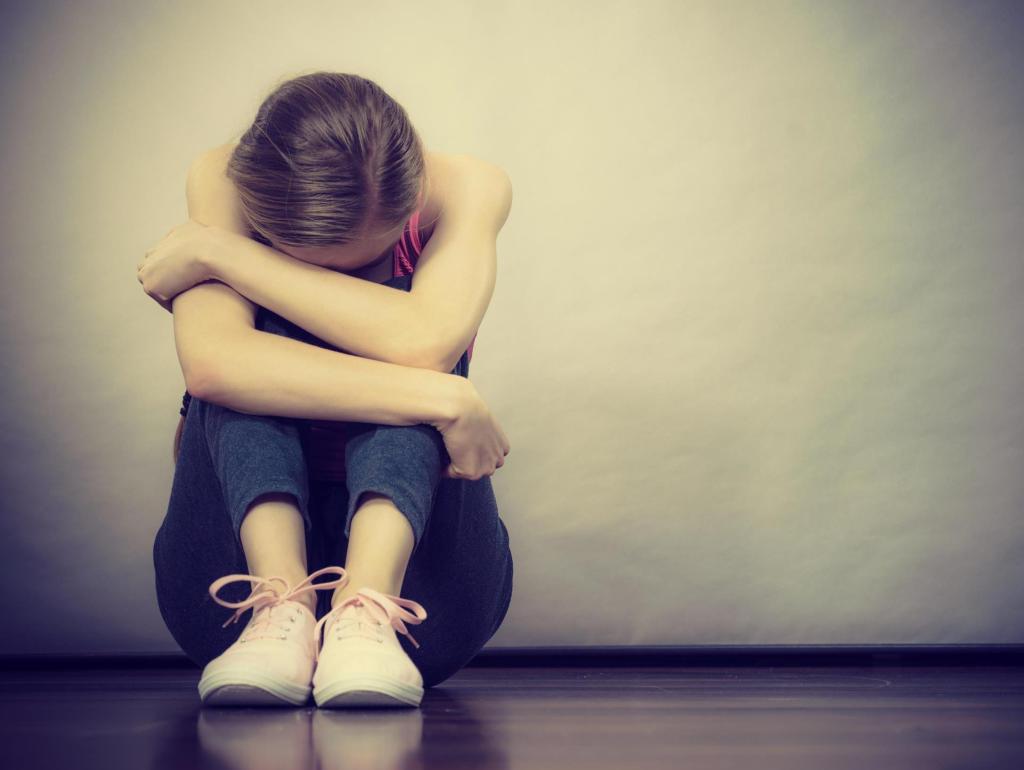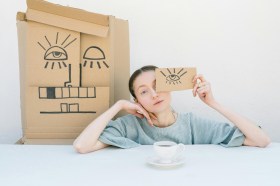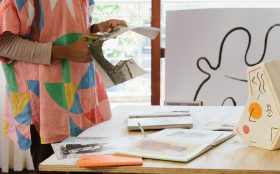Image CC; Shutterstock
The arts, as a sector, has a relatively poor record to date regarding wellbeing and mental health support. Artists often work in isolation in their studio practice, arts administrators are under increasing pressure to deliver, and performance anxiety goes with the territory for many who put their heart on their sleeve and step onto a stage or into a gallery – so why has the sector been so slow to establish a tailored support network?
Almost like a badge of honour, with a “that’s just the way it is” excuse, the sector has traditionally been less willing to acknowledge and discuss issues such as depression, alcohol abuse and suicide.
Read: How creatives can stop drinking themselves to death
Recently, talk about these topics has finally percolated to the surface, resulting in such significant initiatives as the Arts Wellbeing Collective. However, the question remains: What support mechanisms are being offered to artists and arts professionals facing such mental health and wellness challenges?
Read: A toolkit for a healthier arts sector
Society at large is relatively well equipped with help networks, but such agencies do not necessarily understand the nuances of the arts and the culture that breeds such problems. That is changing, with the formation of a new Foundation, and a new festival that tackles mental health and wellbeing in the arts head on.
Tailored help for the arts sector
Mental health and the arts are the two pillars of Bridging Hope Charity Foundation (BHCF). It was formed in 2015 by Chinese-born Tian Tian, a global property and investment businesswoman, art patron and philanthropist.
The Foundation’s activities are growing. They started off with a partnership with Lifeline targeting Chinese communities, and in March this year announced a three-year extension to the TWT Creative Precinct in St Leonards – a studio-based cultural precinct committed to supporting local and emerging artists working within the Lower North Shore in Sydney, which the Foundation supports.
TWT Creative Precinct provides 4,500 square meters of heavily subsidised creative spaces. The Foundation also actively collects the work of artists as a real and tangible means of support.
Earlier this month, the Foundation announced the next high profile step in their cause, by stepping up as a Major Supporter of the 21st Biennale of Sydney – the first significant arts sponsorship for the Foundation.
Using the reach and visibility of the Biennale brings greater exposure to topic of wellbeing in the arts. And by supporting individual projects, such as the work of Chinese artist Jun Yang, who embeds his practice within communities, this conversation can go to the heart of where it is needed.

Jun Yang, Things we have in common (2010) installation at St Reinolds Church for the European Cultural Capital Ruhr Courtesy the artist; Galerie Martin Janda, Vienna; Vitamin Creative Space, Guangzhou; and ShugoArts, Tokyo Photograph: Jun Yang; supplied
Stephen Fitzpatrick, Director BHCF, said ‘At Bridging Hope Charity Foundation, we are inspired to look to an innovative approach in creating culturally relevant mental health initiatives based on considered research and modern technology. We are passionate about partnering with artists and art institutions to promote art as part of everyday wellbeing.’
The specific focus on wellbeing in the arts comes about because the Foundation ‘believe that essential to a harmonious life is the balance of strong mental health and living within a community that recognises the importance of art,’ said Fitzpatrick.
‘One of the programs we will be running within BHCF is to facilitate discussion between artists and mental health professionals – why we do what we do, what are our drivers and how do we maintain the creativity whilst working towards a more balanced life.’
Partnering with the Biennale came about because the Foundation wants to work with a full range of practitioners, from emerging artists through to through who are working on a global scale, Fitzpatrick said.
‘One of the great things about the Biennale is the opportunity for discussion and potential for cross-cultural communication that helps build understanding and breaks down barriers. In today’s world, where we are more connected than ever, globally we seem to be finding new ways for conflict almost on a daily basis. Art can bring cultures together like no other activity (perhaps with the exception of sport),’ he told ArtsHub.
Mami Kataoka is the first curator from Asia to be appointed as Artistic Director of the Biennale. Her exhibition, titled SUPERPOSITION: Art of Equilibrium and Engagement, will include around 70 artists tackling the contemporary topics of our time.
BHCF has also initiated a partnership with the University of New South Wales (UNSW) Art and Design, recognised as one of Australia’s leading art and design schools.
‘The Foundation’s partnership with UNSW is exciting as it complements our philosophy of supporting emerging artists. Nurturing artists in the early stages of their careers is integral in creating healthy and happy communities,’ Fitzpatrick said.

Next month, UNSW will host Australia’s largest mental health festival, The Big Anxiety, presented in association with the Black Dog Institute and more than 25 partners in the cultural, education and health sectors. Bridging Hope Charity Foundation, again, is The Big Anxiety’s Principal Supporter.
Have you ever suffered from performance anxiety, struggled with grace under pressure or teetered at the invisible edge? These are some of the triggers that will be tacked at what is being billed as a festival of arts, science and people that questions and reimagines the state of mental health in the 21st century.
Shaped around five program themes including Awkward Conversations, Lived Experience, Mood Experiments, Neurodiverse-city and Power & Institutions, The Big Anxiety is set to take place from 20 September – 11 November 2017 at venues including Customs House in the city, Riverside House in Parramatta, UNSW Art & Design in Paddington, and partners such as the Museum of Contemporary Art, Art Gallery of NSW and the State Library of NSW.
Check out The Big Anxiety for program details.
And in October this year, the Australian Centre for Arts and Health will present their 9th annual conference – the topic this year is on point: The Art of Good Health and Wellbeing: Mental Health and Resilience through the arts.
It will be held at the Art Gallery of NSW from 30 October -1 November. Learn more.





